Trans Stories: KJ’s Journey
One of the biggest post-surgery shifts I notice is with my thought habits regarding my chest and my body in general. We have all received messaging around “beauty” standards through media, tv, socials, our friends, and our families. These pressures and scrutiny affect female identified folk (especially women of color) and gay male identifying people disproportionately to cis, white, hetero, AMAB (assigned male at birth) people. If majority culture beauty standards made you think less of yourself because of how you look or made you think less of others because of how they look, that’s white, western, and male internalized messaging talking. This messaging has been drilled in since birth and is a program running in the background of our minds. It is a source from which we make hundreds if not thousands of small, and sometimes big, judgements, decisions, and comments. The thoughts are so repetitive and invasive it becomes a mental habit to say mean and harsh things to ourselves and feel bad when: we mess up, look in the mirror, are given a judgmental look, are given praise, or any number of other circumstances.
Margaret Cho sums it up perfectly in her 2002 special Notorious C.H.O. She says:
If you’re a woman, if you’re a person of color, if you’re gay, lesbian, bisexual, transgender, if you’re a person of size, a person of intelligence, a person of integrity, then you’re considered a minority in this world. …And it’s going to be really hard to find messages of self-love and support anywhere. It’s all about how you have to look a certain way or else you are worthless. For us to have self-esteem is truly an act of revolution and our revolution is long overdue.
The self-love revolution steadily simmers with books like Pleasure Activism by adrienne maree brown, #VERYFAT #VERYBRAVE: The Fat Girl’s Guide to Being #Brave and Not a Dejected, Melancholy, Down-in-the-Dumps Weeping Fat Girl in a Bikini by Nicole Byer, Thick: And Other Essays by Tressie McMillan, The Body is Not an Apology by Sonya Renee Tayor, and so many others. It also spreads and is given voice and visibility with social media, podcasts, and a variety of groups and forums. Finding community and inspiration is easier than ever if you have access to the internet.
I could talk about all of this for a very long time, but because this particular blog post is about my gender and surgical journey, I’ll close by saying that post surgery, my internalized messaging around body and beauty standards all have been deeply challenged and some of them have even been destroyed. I’m consistently in awe of how many thought patterns and habits have changed as a result of feeling better and safer in my body. I’m not saying surgery is magical and the answer for everyone, but it was magical and one of the answers for me. Furthermore, I whole heartedly believe that anyone experiencing mental, emotional, and/or physical pain, anyone struggling to see their self-worth and live a pleasurable and satisfying life as result of long-term body dysmorphia and/or dysphoria and wants to augment their physical selves to feel better should absolutely have access to those services without heavy financial burdens or gatekeeping. It saves and extends lives, but even if it didn’t, isn’t pleasure, joy, and happiness why we’re even here?
